Home>Gardening & Outdoor>Outdoor Structures>How To Use Deck Blocks For A Shed
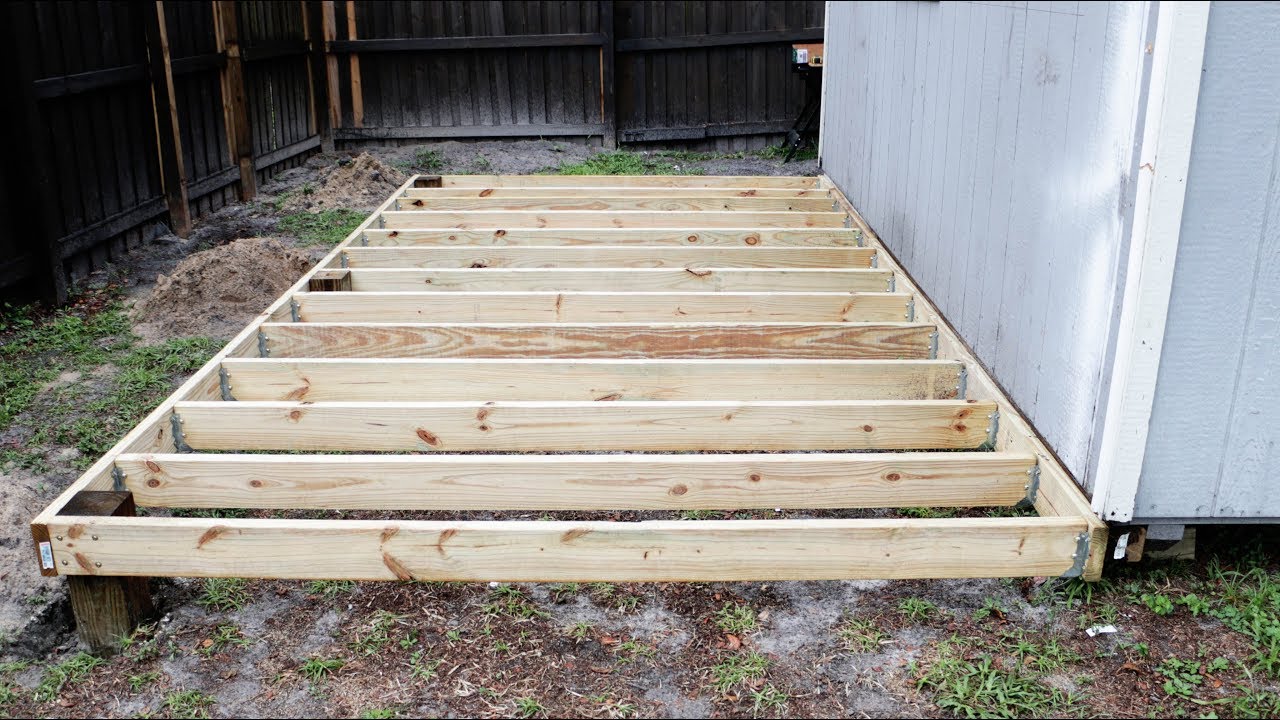

Outdoor Structures
How To Use Deck Blocks For A Shed
Modified: October 31, 2024
Learn how to use deck blocks for your outdoor shed project. Find step-by-step instructions and tips for building a sturdy and durable shed foundation.
(Many of the links in this article redirect to a specific reviewed product. Your purchase of these products through affiliate links helps to generate commission for Storables.com, at no extra cost. Learn more)
Introduction
Welcome to the world of outdoor construction, where the journey of building your dream shed begins with a strong and reliable foundation. Whether you’re a seasoned DIY enthusiast or just venturing into the realm of outdoor structures, understanding the significance of a sturdy foundation is crucial. In this comprehensive guide, we’ll delve into the art of utilizing deck blocks to create a solid base for your shed. From unraveling the concept of deck blocks to the step-by-step process of building a shed foundation, we’ll equip you with the knowledge and confidence to embark on this fulfilling endeavor.
Picture this: a serene corner of your yard transformed into a functional and visually appealing space with the addition of a well-constructed shed. The journey begins with the foundation, and deck blocks offer a versatile and convenient solution. Let’s embark on this enlightening journey to explore the advantages, planning, and execution of using deck blocks for your shed foundation.
Key Takeaways:
- Deck blocks are versatile, cost-effective, and easy to install, making them a practical choice for creating a sturdy shed foundation on various terrains.
- By using deck blocks, you can build a shed foundation that resists moisture, promotes stability, and minimizes site disruption, setting the stage for a durable and visually appealing outdoor structure.
Read more: How Many Deck Blocks Do I Need For A Shed
What are Deck Blocks?
Deck blocks, also known as concrete deck blocks or foundation piers, are innovative and versatile tools designed to provide a stable and durable foundation for various outdoor structures, including sheds. These blocks are typically constructed from durable materials such as concrete and are engineered to support the weight of the structure while evenly distributing the load to prevent sinking or shifting over time.
One of the key distinguishing features of deck blocks is their adaptability to a wide range of terrains and surfaces. Whether your backyard has uneven ground or you prefer not to excavate the area for a traditional concrete foundation, deck blocks offer a practical alternative. They are available in various sizes and configurations to accommodate different construction requirements, making them a popular choice among DIY enthusiasts and professional builders alike.
Deck blocks feature a flat, sturdy surface on top, which serves as the point of contact for the shed’s floor framing. This direct contact ensures a secure and level base for the shed, promoting stability and longevity. Additionally, the design of deck blocks allows for easy adjustment and leveling during the installation process, enabling precise alignment and support for the shed structure.
These versatile foundation components are engineered to withstand the elements, providing resilience against moisture, temperature fluctuations, and other environmental factors that could compromise the integrity of the shed foundation. By elevating the shed off the ground, deck blocks also help to mitigate potential moisture-related issues that can arise from direct contact between the shed and the ground, such as rot and decay.
Whether you’re constructing a small storage shed or a larger workshop, deck blocks offer a practical and efficient foundation solution that can adapt to various project requirements. Their versatility, durability, and ease of installation make them a valuable asset in the construction of a reliable and long-lasting shed foundation.
Advantages of Using Deck Blocks for a Shed
Embracing the use of deck blocks for your shed foundation presents a myriad of advantages that contribute to the efficiency, durability, and overall success of your outdoor construction project. Let’s explore the compelling benefits of opting for deck blocks as the cornerstone of your shed’s foundation:
- Versatility: Deck blocks are suitable for a diverse range of terrains and surfaces, offering adaptability that traditional concrete foundations may not provide. Whether your yard features uneven ground or you prefer to avoid extensive excavation, deck blocks offer a practical solution.
- Time and Cost Efficiency: The installation of deck blocks typically requires less time and labor compared to traditional concrete foundations. This can result in cost savings and expedited project timelines, making deck blocks an attractive option for DIY enthusiasts and professional builders alike.
- Minimal Site Disruption: Unlike traditional concrete foundations that necessitate extensive excavation and potential disruption to the surrounding landscape, deck blocks offer a non-invasive approach to shed foundation construction. This can be particularly advantageous for preserving the aesthetics of your yard and minimizing the impact on existing vegetation and landscaping.
- Adjustability and Leveling: Deck blocks facilitate easy adjustment and leveling during the installation process, allowing for precise alignment and support of the shed structure. This ensures that the shed is positioned on a stable and even foundation, promoting structural integrity and longevity.
- Moisture Mitigation: By elevating the shed off the ground, deck blocks help to mitigate potential moisture-related issues that can arise from direct contact with the soil. This can contribute to the prevention of rot, decay, and other moisture-induced damage, ultimately enhancing the longevity of the shed.
- Structural Stability: When properly installed, deck blocks provide a solid and reliable foundation for the shed, promoting stability and load-bearing capacity. This is essential for ensuring that the shed can withstand the elements and maintain its structural integrity over time.
By harnessing the advantages of deck blocks, you can lay the groundwork for a resilient, cost-effective, and efficiently constructed shed foundation. These benefits collectively contribute to a streamlined construction process and a foundation that is tailored to the specific requirements of your outdoor structure, setting the stage for a successful and enduring addition to your property.
Planning and Preparation
Embarking on the construction of a shed foundation using deck blocks requires meticulous planning and thorough preparation to ensure a successful and enduring outcome. Before diving into the physical aspects of the project, it’s essential to consider the following key elements:
- Site Selection: Assess the location in your yard where the shed will be situated. Consider factors such as ground slope, proximity to trees or other structures, and accessibility. Ensure that the chosen site provides adequate space for the shed and allows for proper drainage to prevent water accumulation around the foundation.
- Regulatory Compliance: Familiarize yourself with local building codes, zoning regulations, and any necessary permits or approvals required for the construction of a shed. Compliance with these regulations is crucial to avoid potential legal issues and ensure the safety and integrity of the structure.
- Shed Design and Dimensions: Determine the size, layout, and design of the shed. Consider the intended use of the structure and ensure that the dimensions align with your specific storage or workspace needs. This information will guide the selection of deck blocks and the overall foundation layout.
- Material and Tool Acquisition: Compile a comprehensive list of materials and tools required for the foundation construction. This may include deck blocks, pressure-treated lumber for framing, gravel or compactable fill for leveling, fasteners, and essential construction tools. Ensuring that all necessary items are readily available will streamline the construction process.
- Foundation Layout and Marking: Use stakes, string, or marking paint to outline the perimeter of the shed foundation. This step will provide a visual guide for the placement of deck blocks and assist in verifying the squareness and alignment of the foundation layout.
- Excavation and Grading: If necessary, prepare the site by clearing vegetation, removing debris, and leveling the ground. While deck blocks offer versatility on uneven terrain, it’s important to create a relatively flat and stable surface for the foundation installation.
By meticulously addressing these pre-construction considerations, you can lay the groundwork for a smooth and efficient shed foundation installation process. This proactive approach sets the stage for a well-executed project and ensures that the foundation aligns with your specific needs and the regulatory requirements of your local jurisdiction.
When using deck blocks for a shed, make sure to place them on firm, level ground to provide a stable foundation. Use a level to ensure the blocks are even and secure before building the shed on top.
Building the Foundation
With meticulous planning and thorough preparation in place, the construction phase of the shed foundation using deck blocks comes into focus. This pivotal stage involves a series of systematic steps to establish a stable and resilient base for the shed. Let’s explore the essential components of building the foundation:
- Placement of Deck Blocks: Begin by strategically positioning the deck blocks at designated intervals along the perimeter of the shed foundation. Ensure that the spacing between the blocks aligns with the shed’s floor joist layout, providing adequate support for the entire structure.
- Leveling and Alignment: Use a spirit level to ensure that each deck block is precisely leveled. This step is critical for establishing a uniform and stable foundation, as any discrepancies in the block heights can impact the shed’s structural integrity and overall stability.
- Installation of Pressure-Treated Lumber: With the deck blocks in place, proceed to install pressure-treated lumber, such as 4×4 or 6×6 posts, within the recessed tops of the blocks. These lumber pieces serve as the foundational framework for the shed’s floor joists, providing essential support and load-bearing capacity.
- Floor Joist Assembly: Construct the floor joist framework using pressure-treated lumber, ensuring that the dimensions and layout align with the design specifications of the shed. Secure the floor joists to the installed lumber within the deck blocks, creating a robust and stable substructure for the shed’s flooring.
- Structural Reinforcement: Implement additional measures, such as diagonal bracing or blocking, to reinforce the stability and rigidity of the floor joist framework. This step enhances the overall structural integrity of the foundation, contributing to its ability to withstand external forces and support the shed’s weight effectively.
- Moisture Protection: Consider incorporating moisture barriers or treated plywood between the floor joists to mitigate potential moisture-related issues. This proactive approach helps safeguard the shed’s flooring from moisture infiltration, enhancing its durability and longevity.
By methodically executing these foundational construction steps, you establish a robust and reliable base for the shed using deck blocks. The careful attention to detail, precise leveling, and strategic assembly of materials culminate in a foundation that forms the cornerstone of the shed’s structural integrity and long-term performance.
Read more: How To Build A Shed On Blocks
Placing the Shed on Deck Blocks
As the meticulously constructed foundation using deck blocks nears completion, the time arrives to position the shed atop the prepared base. This pivotal phase involves a series of carefully orchestrated steps to ensure that the shed is securely and precisely situated on the foundation, setting the stage for a durable and functional outdoor structure. Let’s delve into the essential considerations and procedures for placing the shed on deck blocks:
- Positioning and Alignment: Carefully maneuver the shed into position, ensuring that it aligns with the foundation layout and rests squarely on the installed deck blocks. Take precise measurements to verify that the shed is centered and properly oriented within the designated space, allowing for adequate clearance from surrounding structures and landscape features.
- Leveling and Adjustment: Utilize shims or adjustable support devices as needed to achieve precise leveling and alignment of the shed on the deck blocks. This step is crucial for ensuring that the shed’s flooring remains level and stable, promoting structural integrity and preventing issues related to uneven weight distribution.
- Anchor and Securement: Implement appropriate anchoring methods to secure the shed to the foundation and prevent displacement due to external forces, such as wind or seismic activity. This may involve the use of anchor straps, bolts, or other approved fastening mechanisms to establish a robust connection between the shed and the deck blocks.
- Integration with Utilities: If the shed incorporates utility connections, such as electrical wiring or plumbing, ensure that these components are seamlessly integrated with the foundation. Properly route and secure utility lines to prevent interference with the deck blocks and promote safety and functionality within the shed structure.
- Final Inspection and Adjustment: Conduct a comprehensive inspection of the shed’s placement and the interface with the deck blocks. Verify that all components are securely positioned and aligned, and make any necessary adjustments to optimize the shed’s stability and overall functionality on the foundation.
By meticulously adhering to these procedural steps, you ensure that the shed is seamlessly integrated with the deck block foundation, poised for enduring performance and structural resilience. The precision and care invested in this phase culminate in a cohesive union between the shed and its foundation, laying the groundwork for a functional and reliable outdoor space.
Conclusion
As we conclude this insightful journey into the realm of utilizing deck blocks for shed foundations, it’s evident that these innovative components offer a wealth of advantages and practicality for outdoor construction projects. The versatility, adaptability, and structural resilience of deck blocks position them as an invaluable asset in the creation of a durable and stable foundation for sheds of various sizes and designs.
By embracing the use of deck blocks, DIY enthusiasts and builders alike can streamline the foundation construction process, minimize site disruption, and establish a reliable base for sheds that withstand the test of time. The meticulous planning, precise installation, and seamless integration of the shed with the foundation collectively contribute to the creation of an outdoor space that harmoniously blends functionality, durability, and visual appeal.
Furthermore, the utilization of deck blocks aligns with the evolving ethos of sustainable and adaptable construction practices, offering a solution that mitigates environmental impact while delivering long-term performance and value. This approach resonates with the growing emphasis on responsible and resilient building methods that prioritize both structural integrity and environmental consciousness.
As you embark on your shed construction journey, armed with the knowledge and insights gained from this guide, the utilization of deck blocks for your foundation serves as a testament to your commitment to quality, efficiency, and enduring craftsmanship. With a solid foundation in place, your shed becomes more than a mere structure; it becomes a reflection of thoughtful planning, meticulous execution, and the realization of your vision for an inviting and functional outdoor space.
In the tapestry of outdoor construction, the utilization of deck blocks for shed foundations stands as a testament to the fusion of innovation, practicality, and enduring quality. As you bring your shed project to fruition, may the foundation you’ve laid with deck blocks serve as the steadfast underpinning of a space where creativity, productivity, and tranquility converge seamlessly.
Frequently Asked Questions about How To Use Deck Blocks For A Shed
Was this page helpful?
At Storables.com, we guarantee accurate and reliable information. Our content, validated by Expert Board Contributors, is crafted following stringent Editorial Policies. We're committed to providing you with well-researched, expert-backed insights for all your informational needs.
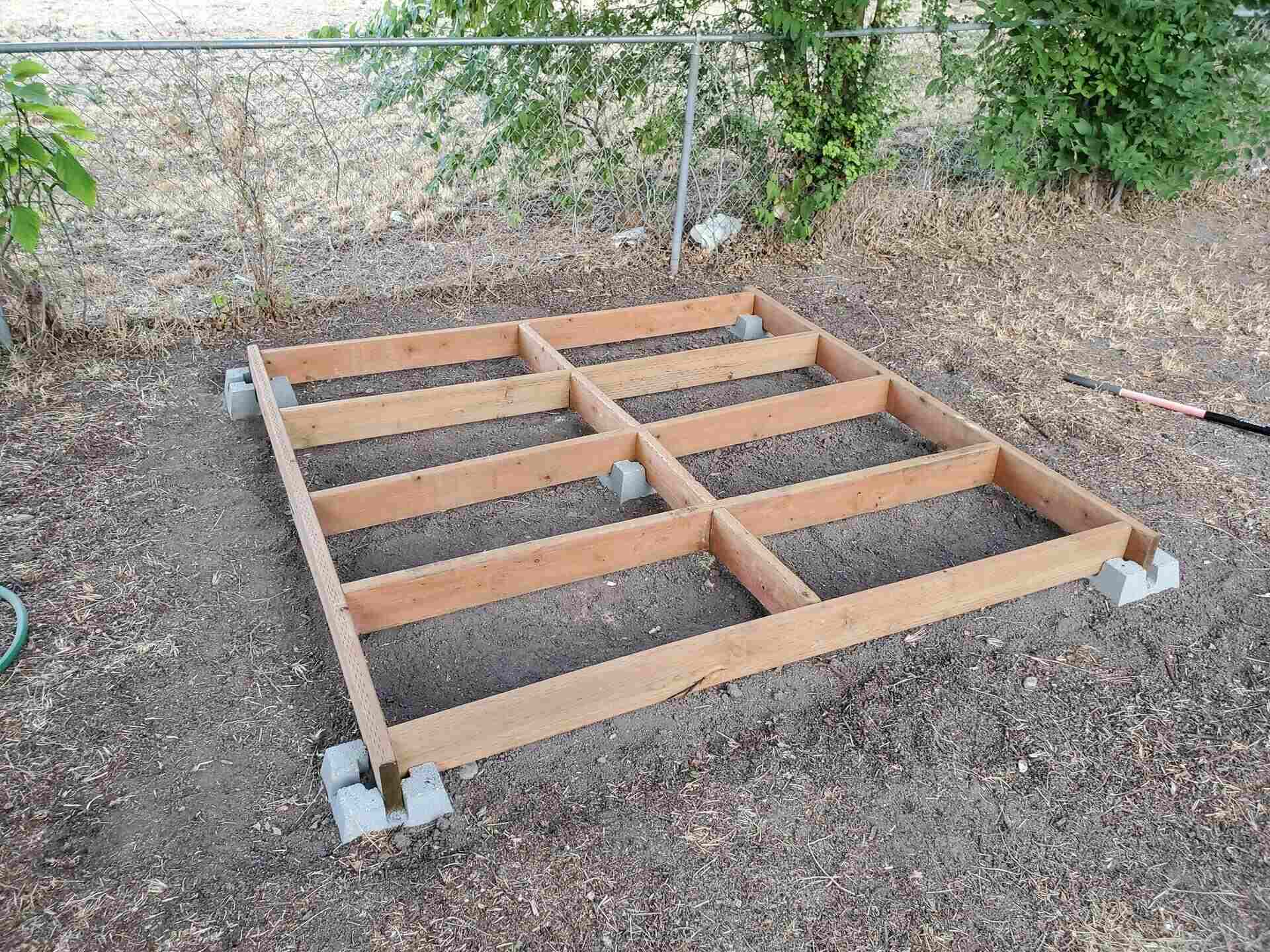
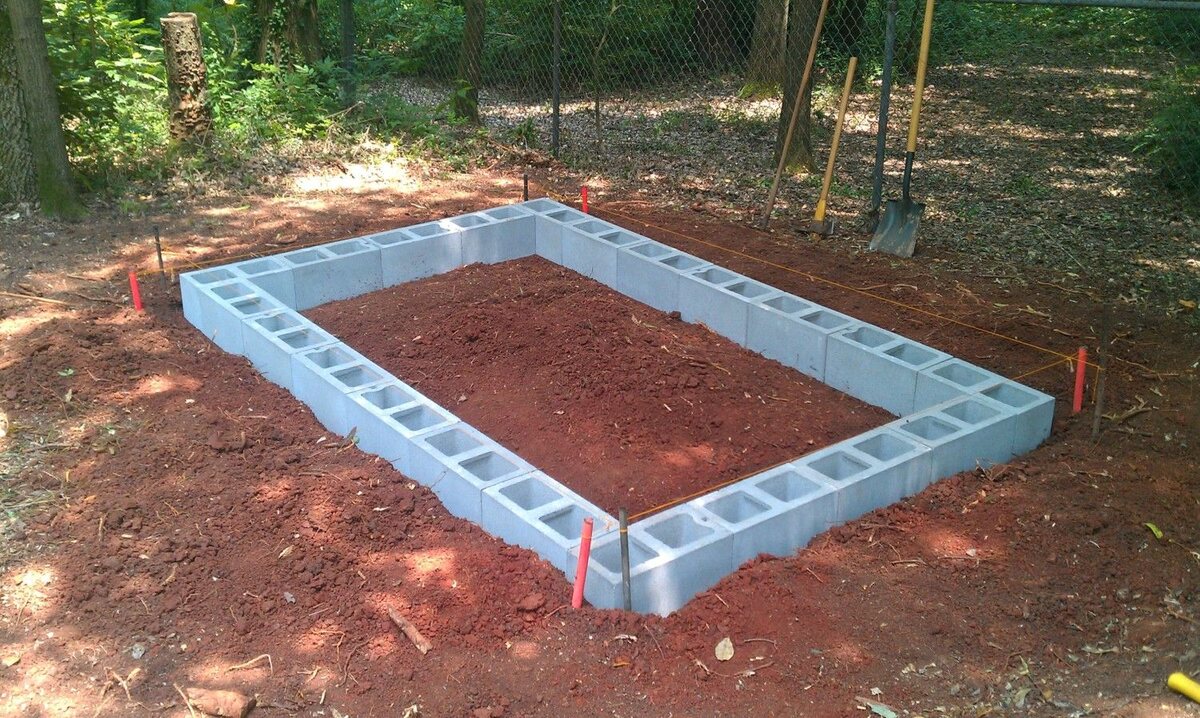
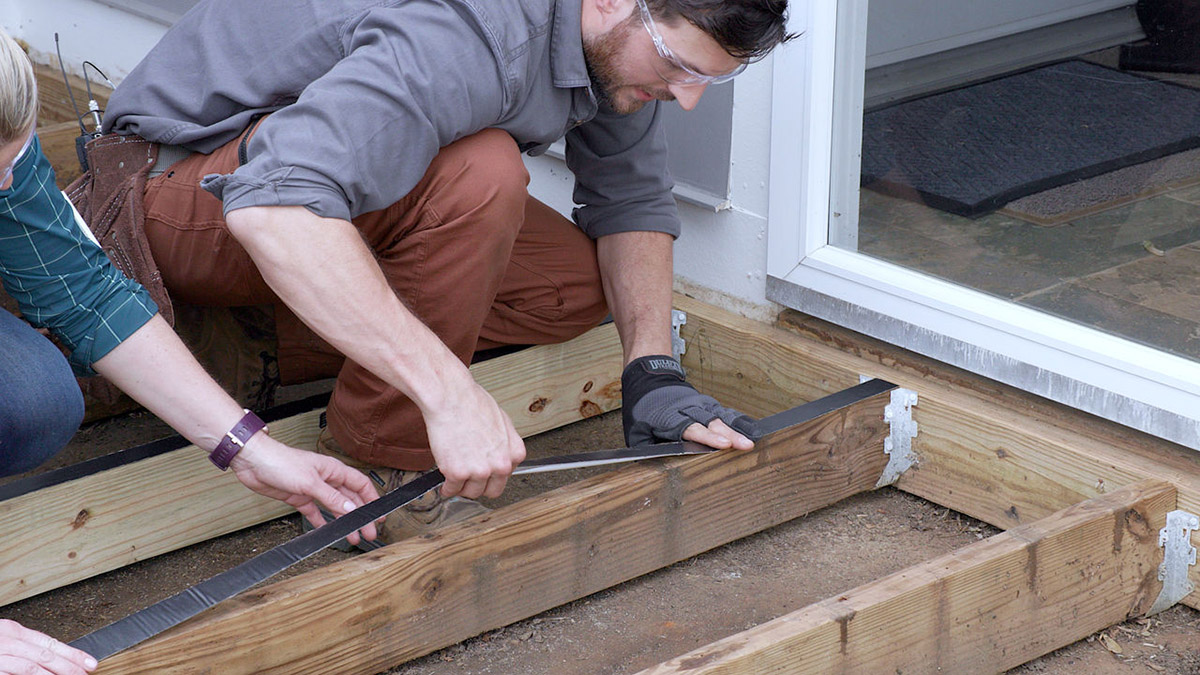
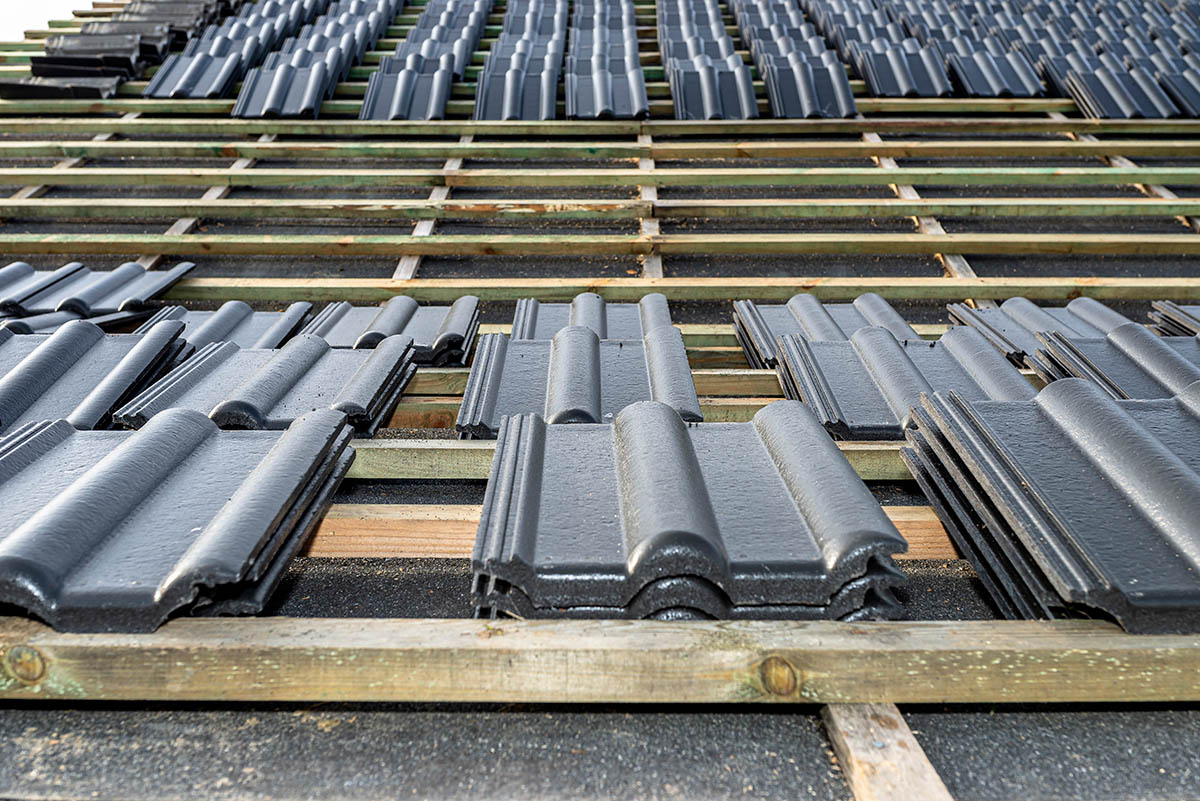
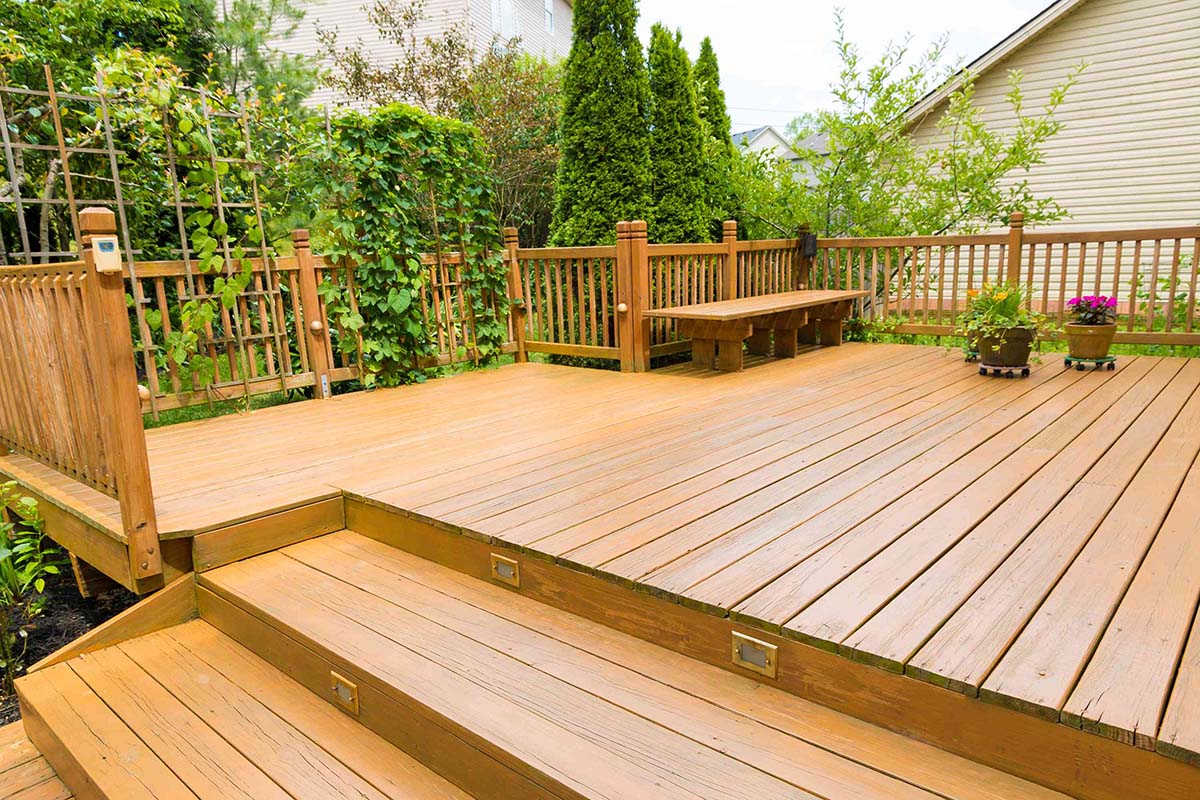
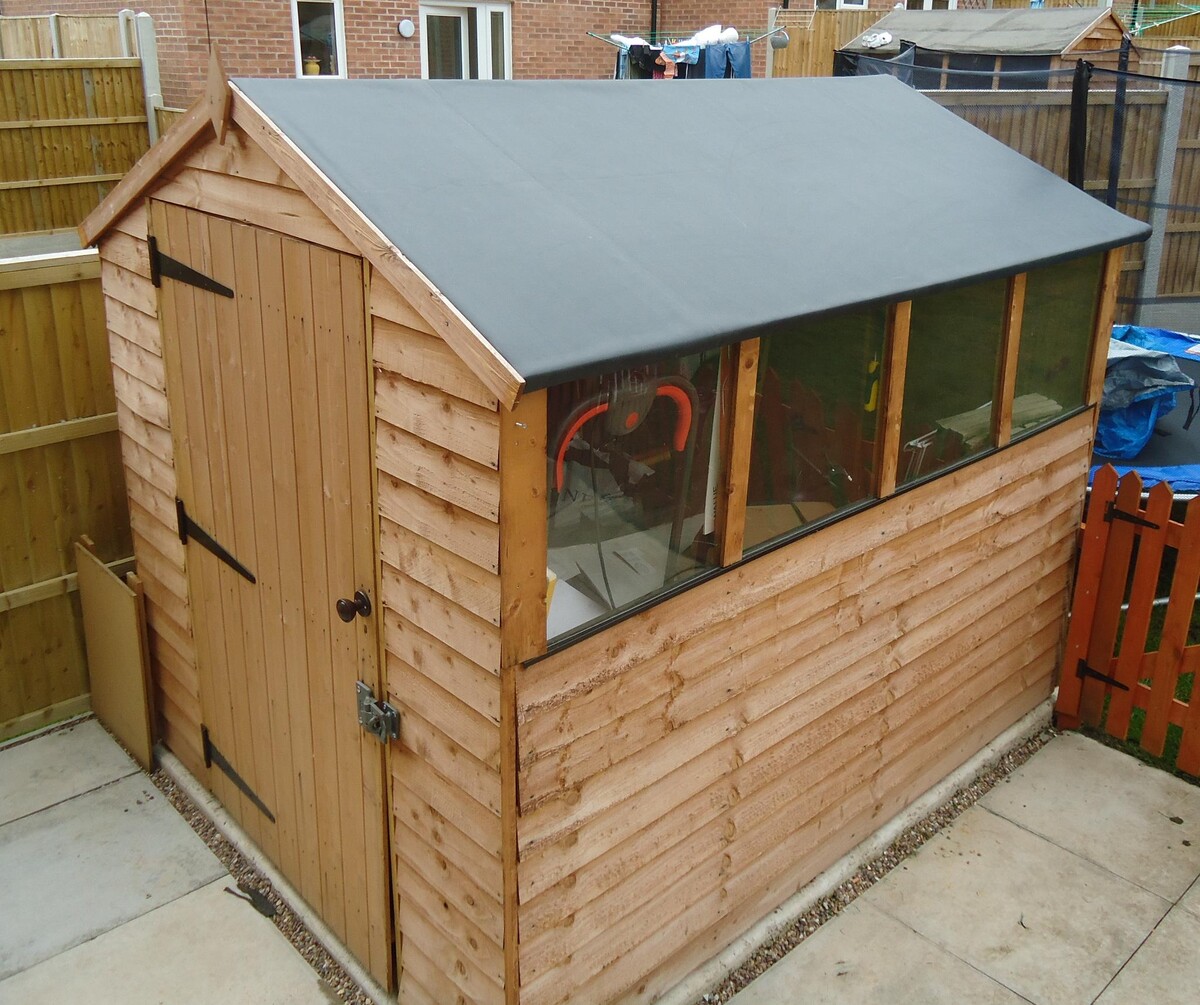
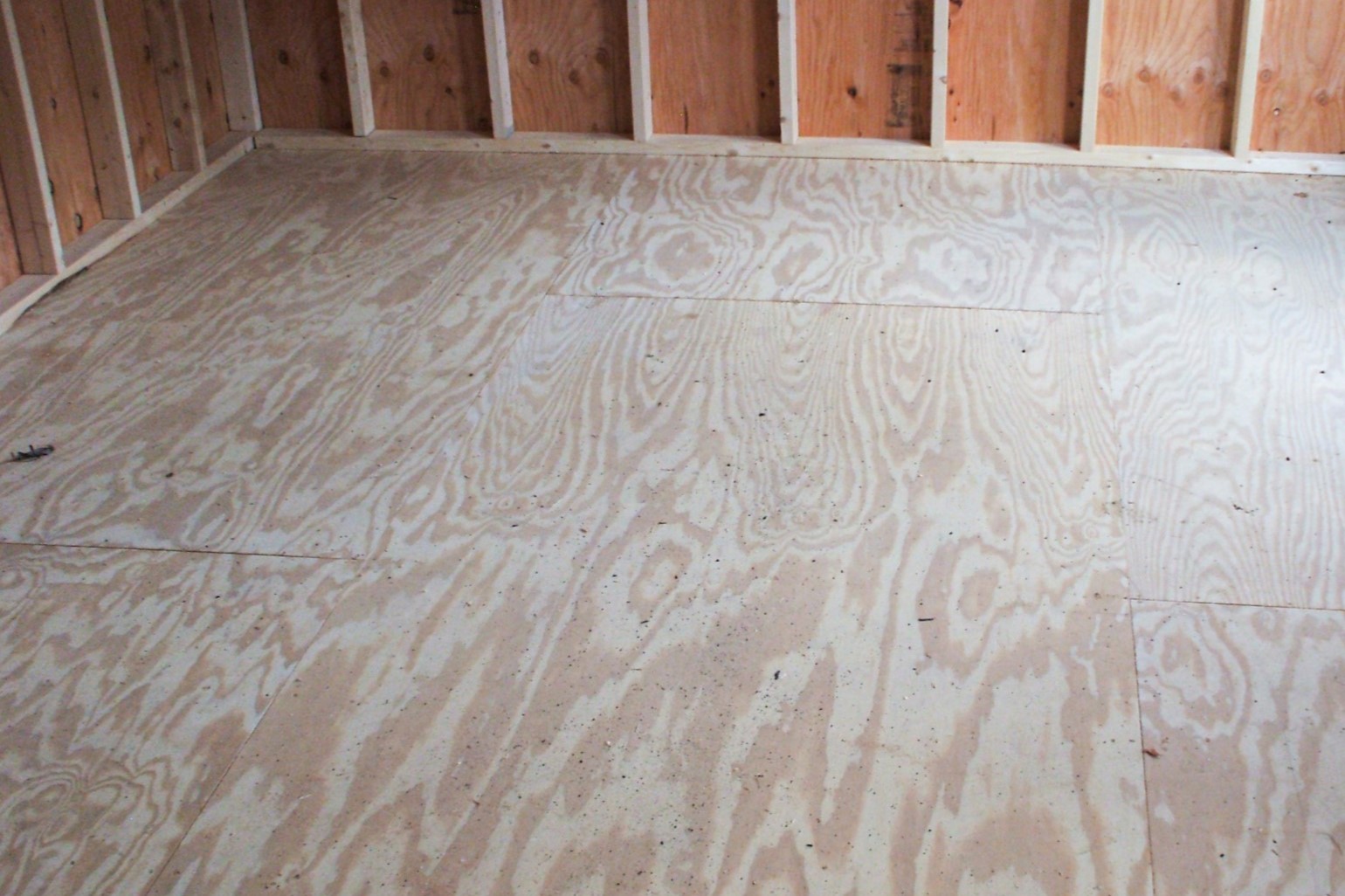
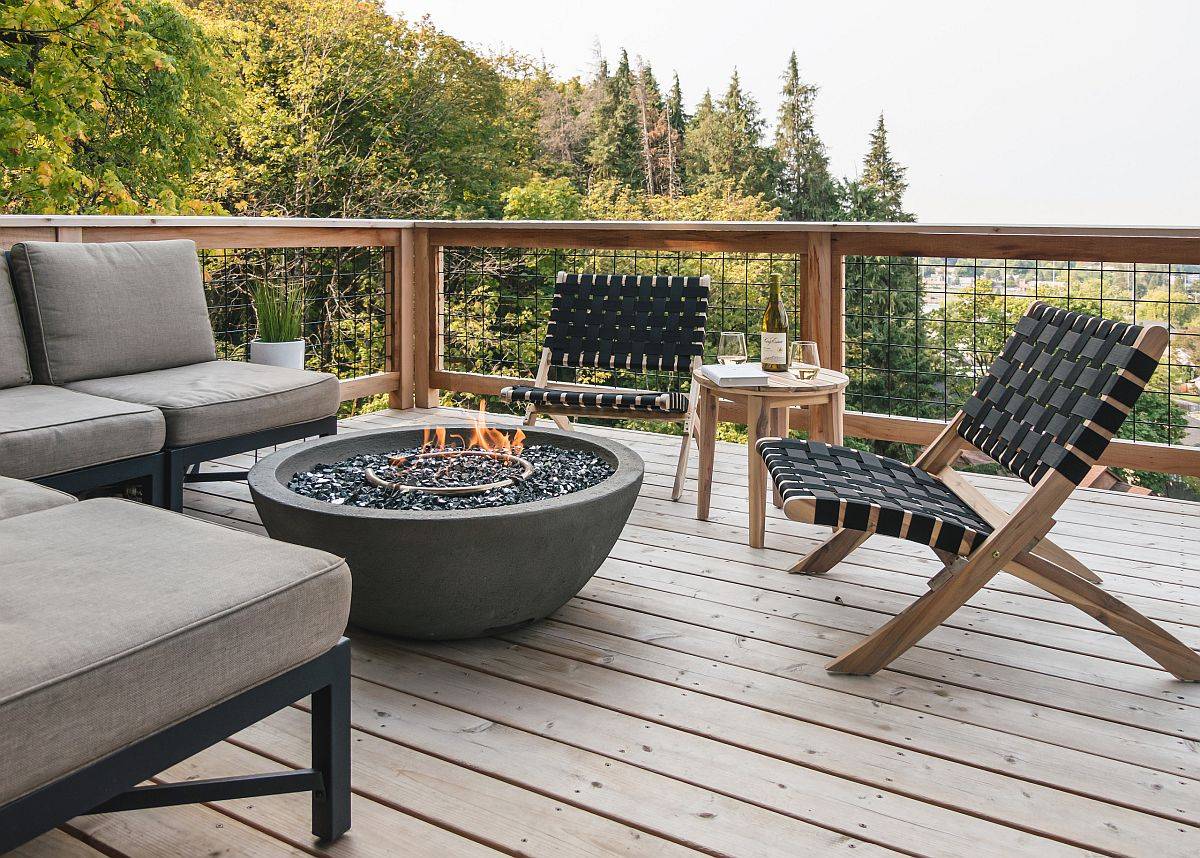
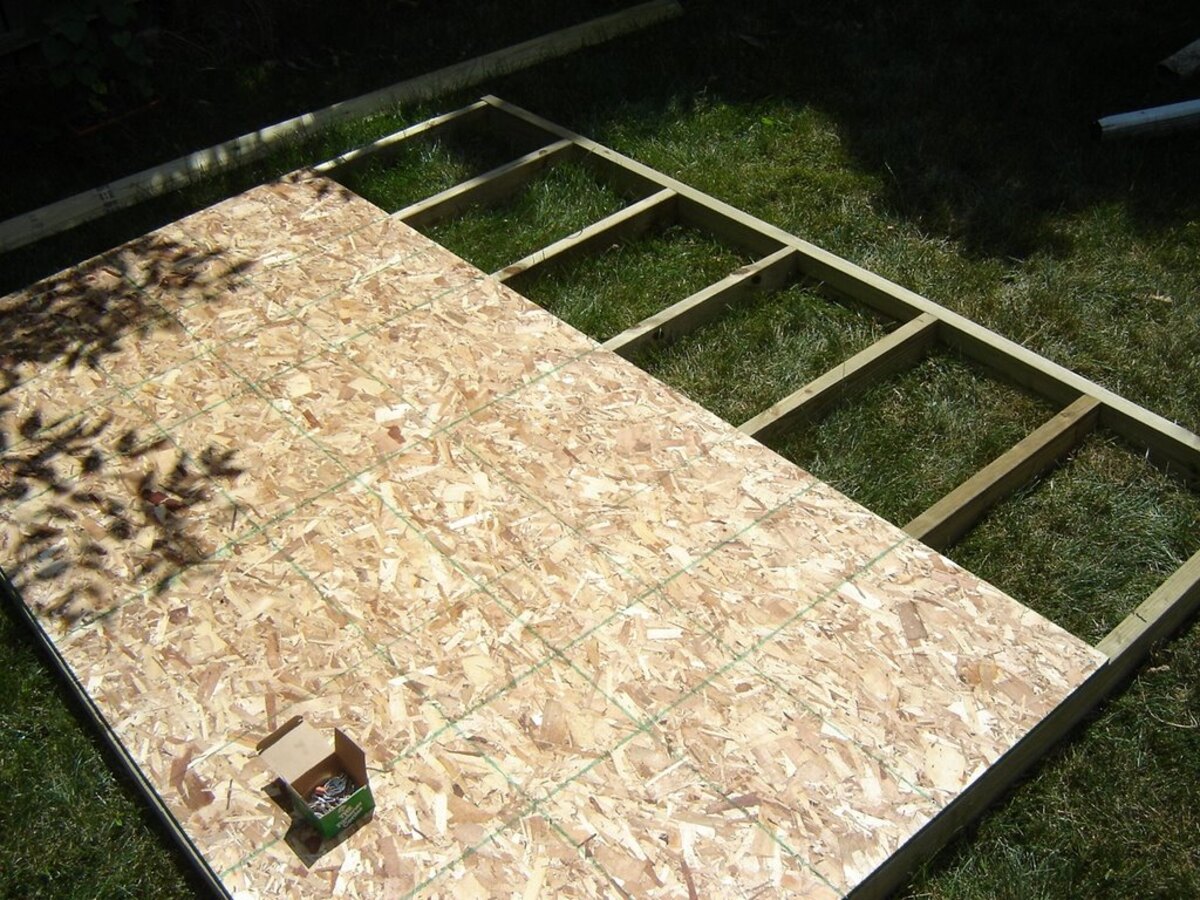
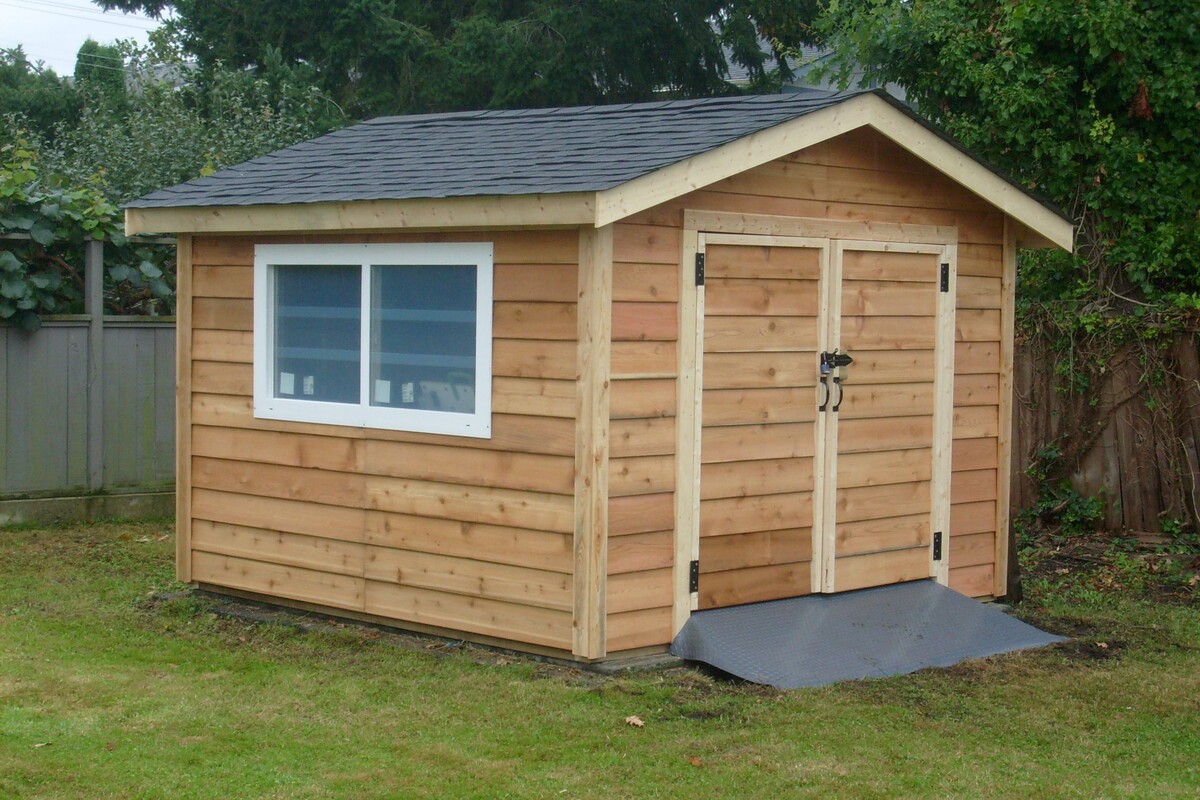
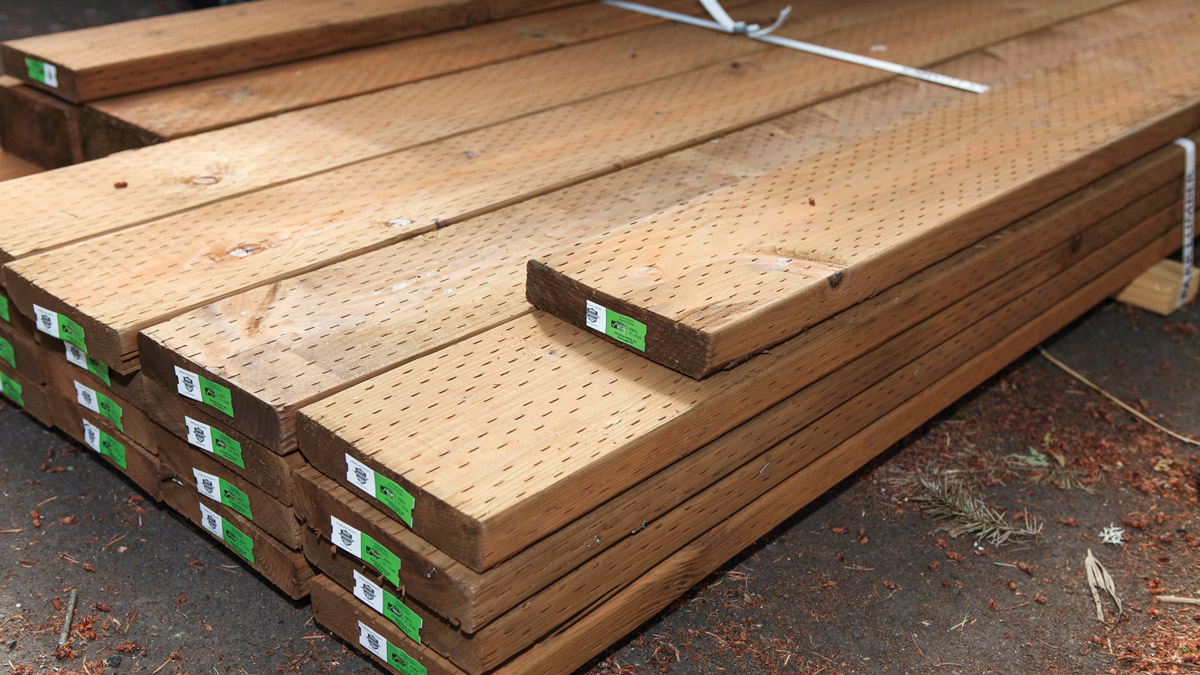
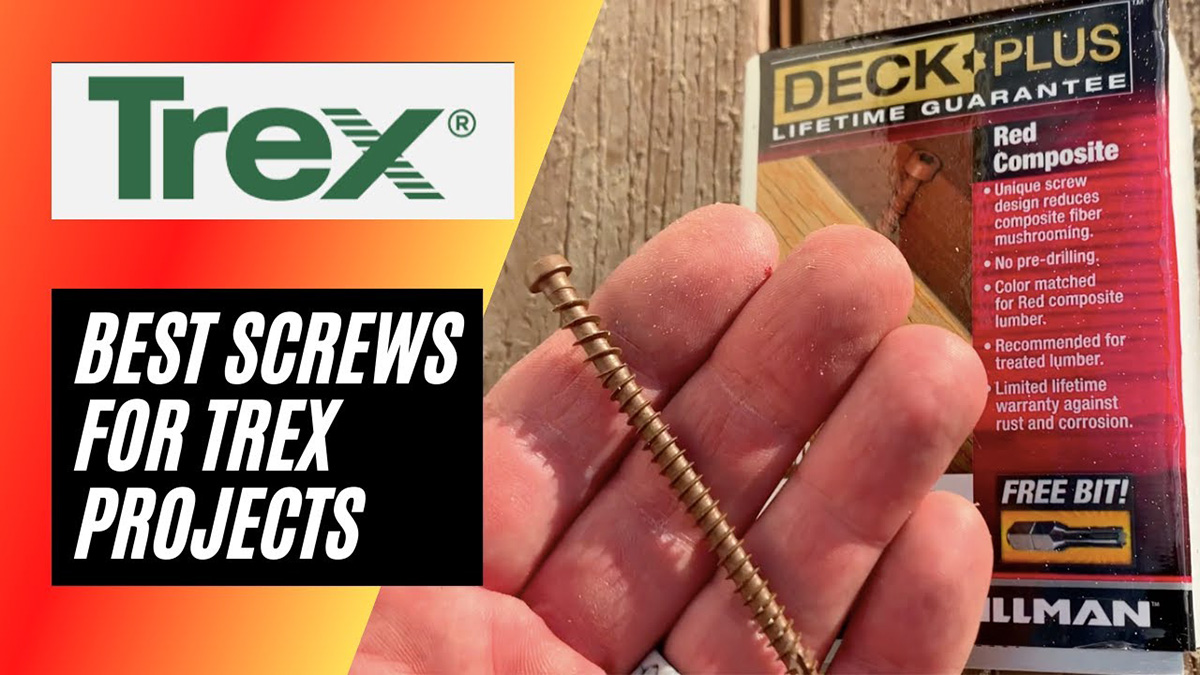
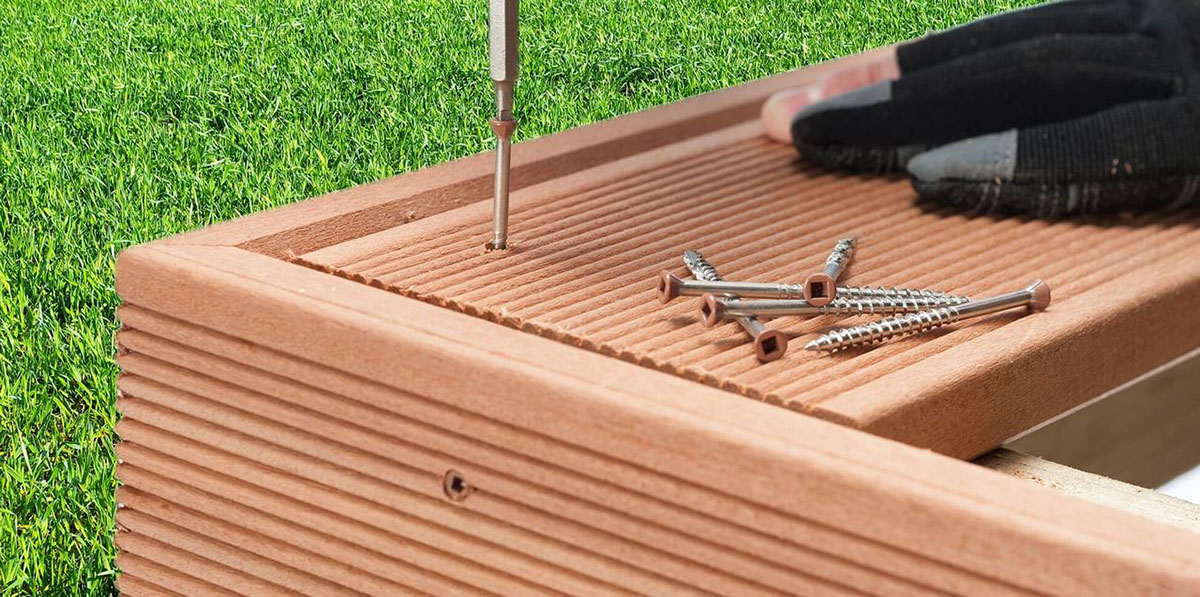


0 thoughts on “How To Use Deck Blocks For A Shed”